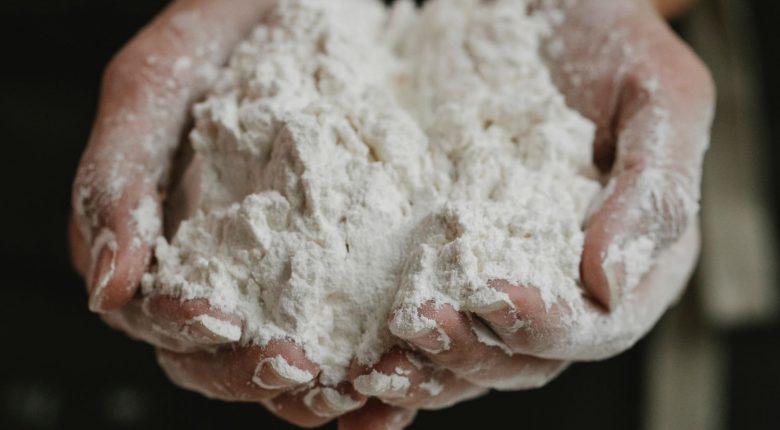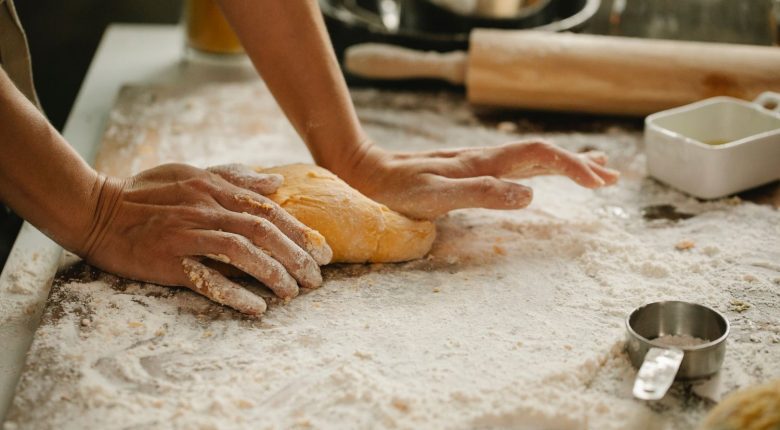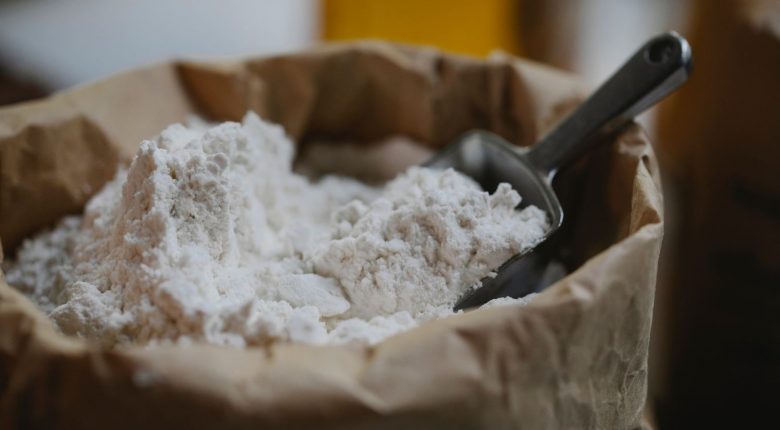Flour is an essential ingredient in many recipes, but choosing the right flour for your recipe can be a challenge. With so many types of flour available, it can be hard to know which one to use. In this article, we’ll guide you through the different types of flour and help you choose the best one for your meals and recipes. Types of Flour
Types of Flour
There are several types of flour, each with its unique characteristics. Here are some of the most common flours:
Plain Flour, also known as all-purpose flour.
This flour is suitable for most recipes, including pancakes, cakes, and cookies. Plain flour, also known as all-purpose flour, is the most commonly used type of flour. It’s perfect for a wide range of recipes, from cakes and cookies to sauces and gravies. Made from soft wheat, it has a lower protein content than other types of flour, which makes it ideal for creating light and fluffy baked goods. However, it’s not suitable for recipes that require a strong structure, such as bread or pizza.
Self-Raising Flour, the one which contains baking powder.
Self-raising flour is a type of flour that contains a raising agent, usually baking powder. It’s perfect for making cakes, biscuits, and scones, as it helps to give them a light and fluffy texture. Self-raising flour is made from soft wheat, with a lower protein content than bread flour. If you don’t have self-raising flour on hand, you can make your own by adding baking powder to plain flour.
Wholemeal Flour, made from whole wheat grains.
Wholemeal flour, also known as whole wheat flour, is made from the whole grain of wheat, including the bran and germ. It’s high in fibre and nutrients, making it a healthier alternative to white flour. Wholemeal flour has a nutty flavour and a dense texture, making it perfect for bread, pizza, and pasta recipes.
Bread Flour, the one with a higher protein content.
Bread flour is a type of flour that has a higher protein content than plain flour. This protein, known as gluten, is what gives bread dough its elasticity and structure. Bread flour is perfect for making yeast bread, bagels, and pizza dough. It’s also great for creating chewy and dense textures in baked goods. If you’re looking for a stronger flour to use in your recipes, bread flour is the way to go.
Pastry Flour, low in protein.
Pastry flour is a type of flour that has a lower protein content than all-purpose flour. However, it’s perfect for creating delicate and flaky pastry crusts, such as for pies, tarts, and quiches. Additionally, pastry flour is made from soft wheat, which gives it a fine texture and tender crumb. It’s also great for making biscuits and cookies that have a tender and crumbly texture. So, if you’re looking to take your pastry game to the next level, try using pastry flour in your next recipe.
Overview
| Type of Flour | Protein Content | Best Use |
|---|---|---|
| Pastry Flour | 8-9% | Pastries, biscuits, cookies |
| All-Purpose Flour | 10-12% | Cakes, cookies, bread, pasta |
| Self-Raising Flour | 8-9% | Cakes, biscuits, scones |
| Wholemeal Flour | 13% | Bread, pizza, pasta |
 Which Flour to Use for Each Recipe?
Which Flour to Use for Each Recipe?
Now that you know the different types of flour let’s explore which flour to use for specific recipes:
- Pancakes – Plain flour is perfect for making pancakes as it gives them a light and fluffy texture.
- Pizza – Wholemeal flour or bread flour is ideal for making pizza dough as it gives the crust a chewy texture.
- Pasta – Wholemeal flour or semolina flour is perfect for making pasta as it gives it a nutty flavour and a firm texture.
- Bread – Bread flour is perfect for making bread as it gives the dough its elasticity and structure.
- Yorkshire Pudding – Plain flour is ideal for making Yorkshire pudding as it gives them a light and airy texture.
- Dumplings – Self-raising flour is perfect for making dumplings as it gives them a fluffy texture.
- Fried Foods – Plain flour is the best choice for coating fried foods as it gives them a crispy texture.
- Cookies – Plain flour is ideal for making cookies as it gives them a soft and tender texture.
- Gravy – Plain flour is the best choice for thickening gravy as it gives it a smooth texture.
 Comparison Table:
Comparison Table:
| Recipe | Flour Type | Characteristics |
|---|---|---|
| Pancakes | Plain Flour | Light and Fluffy Texture |
| Pizza | Wholemeal Flour or Bread Flour | Chewy Texture |
| Pasta | Wholemeal Flour or Semolina Flour | Nutty Flavour and Firm Texture |
| Bread | Bread Flour | Elasticity and Structure |
| Cookies | Plain Flour | Soft and Tender Texture |
| Dumplings | Self-Raising Flour | Fluffy Texture |
| Fried Foods | Plain Flour | Crispy Texture |
| Yorkshire Pudding | Plain Flour | Light and Airy Texture |
| Gravy | Plain Flour | Smooth Texture |
Choosing the right flour for your recipe can make all the difference in the taste and texture of your dish. We hope this guide has helped you choose the best flour for your meals and recipes. Remember to store your flour in an airtight container in a cool, dry place to ensure it stays fresh. Happy baking!
How to Preserve Flour
Flour is an essential ingredient in many recipes, and it’s important to store it properly to prevent spoilage and maintain its quality. The best way to preserve flour is by storing it in an airtight container in a cool, dry place away from sunlight and moisture. Avoid storing flour in the fridge or freezer, as the moisture can cause it to clump or spoil. It’s also a good idea to label your flour container with the purchase date to keep track of its freshness. If you’re not using your flour often, consider buying smaller quantities to ensure that it stays fresh. By following these tips, you can keep your flour fresh and ready to use in all your favourite recipes.
Quick Tip
Furthermore, to keep your flour extra fresh, you can also store it in the freezer for up to six months. Just be sure to let it come to room temperature before using it in your recipes.
